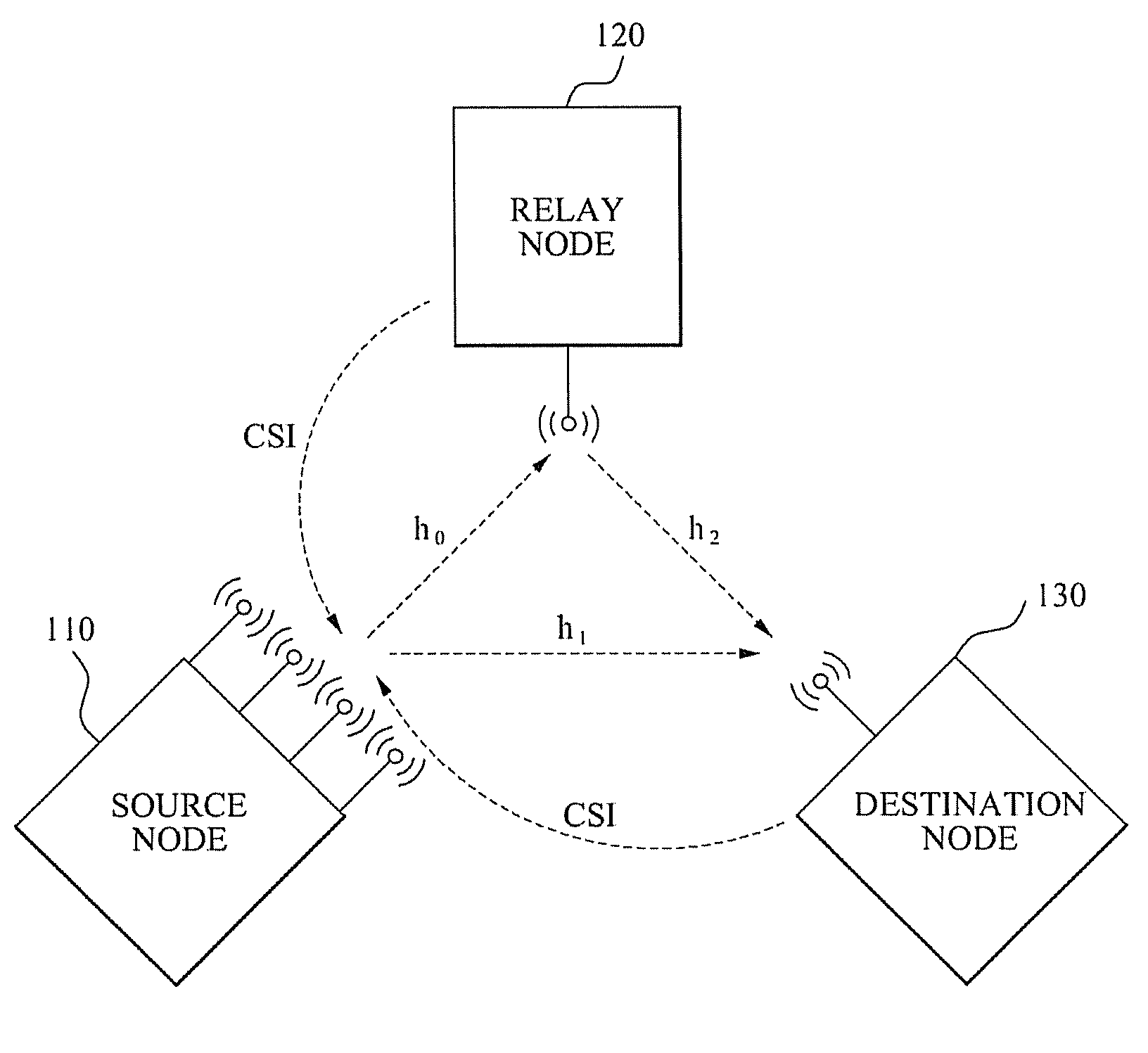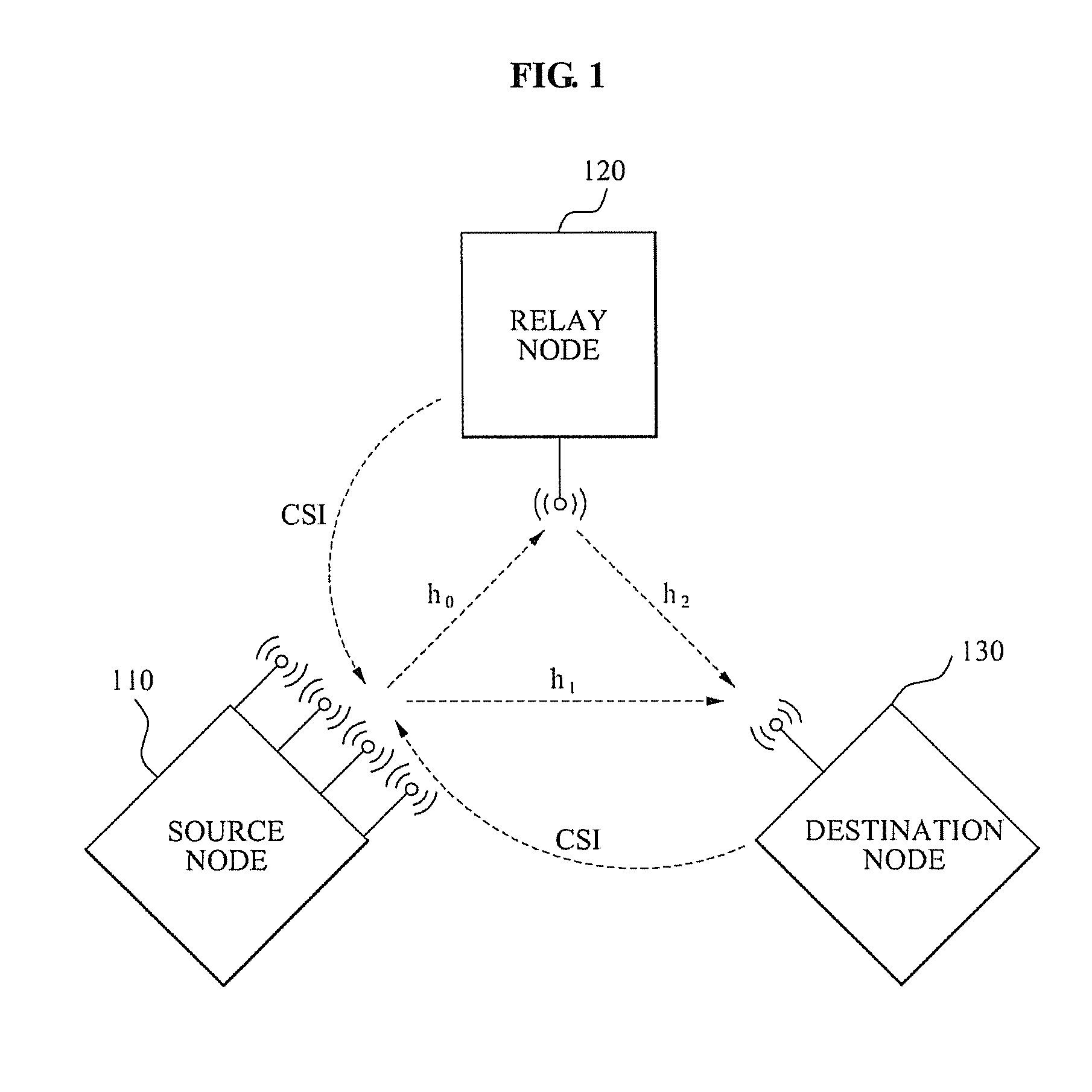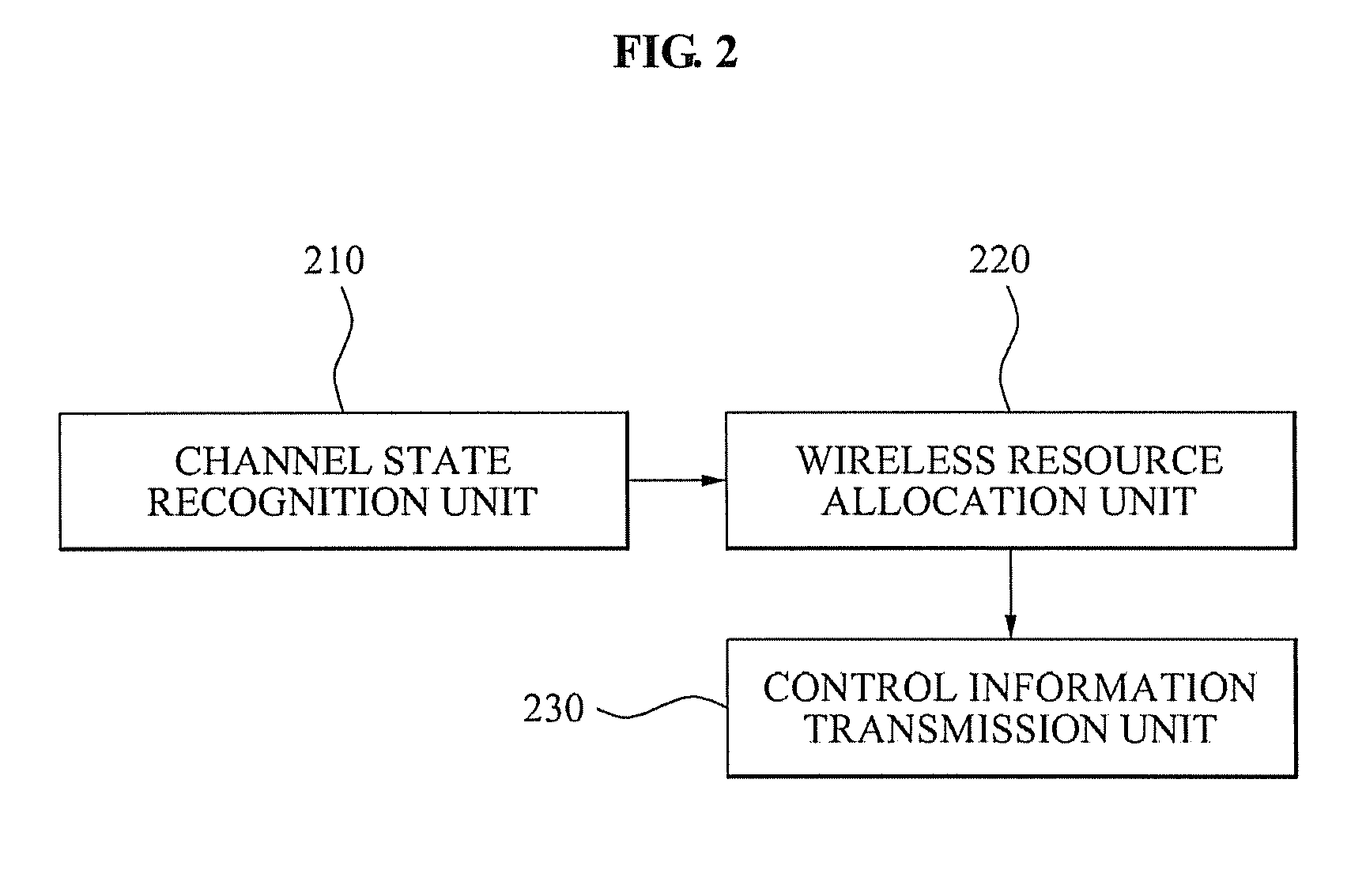Method of allocating wireless resource for space division multiple access communication and wireless resource allocation system of enabling the method
a wireless resource and communication technology, applied in the field of space division multiple access (sdma) technology, can solve the problems of consuming wireless resources, limiting the use of high-speed wireless communication services, and consuming wireless resources, and achieves high signal-to-interference and noise ratio (sinr). , the effect of high data ra
- Summary
- Abstract
- Description
- Claims
- Application Information
AI Technical Summary
Benefits of technology
Problems solved by technology
Method used
Image
Examples
Embodiment Construction
[0033]Reference will now be made in detail to present embodiments of the present invention, examples of which are illustrated in the accompanying drawings, wherein like reference numerals refer to the like elements throughout. The exemplary embodiments are described below in order to explain the present invention by referring to the figures.
[0034]FIG. 1 illustrates a Space Division Multiple Access (SDMA) communication network according to an embodiment of the present invention.
[0035]Referring to FIG. 1, the SDMA communication network according to the present embodiment of the present invention includes a source node 110, a relay node 120, and a destination node 130.
[0036]The source node 110 can be a base station, and the relay node 120 and the destination node 130 can be mobile terminals. In particular, the relay node 120 can be the mobile terminal and can be a relay device. When the relay node 120 is the mobile terminal, the relay node 120 can receive a source signal transmitted fr...
PUM
 Login to View More
Login to View More Abstract
Description
Claims
Application Information
 Login to View More
Login to View More - R&D
- Intellectual Property
- Life Sciences
- Materials
- Tech Scout
- Unparalleled Data Quality
- Higher Quality Content
- 60% Fewer Hallucinations
Browse by: Latest US Patents, China's latest patents, Technical Efficacy Thesaurus, Application Domain, Technology Topic, Popular Technical Reports.
© 2025 PatSnap. All rights reserved.Legal|Privacy policy|Modern Slavery Act Transparency Statement|Sitemap|About US| Contact US: help@patsnap.com



